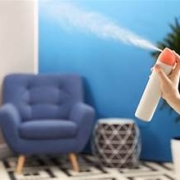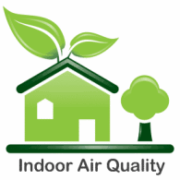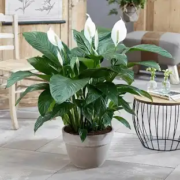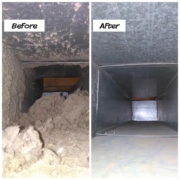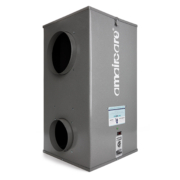Candles & Air Fresheners: Are They Polluting Your Home?
Candles & Air Fresheners: Are They Polluting Your Home?
The warm glow of a candle, the fresh scent of a plug-in air freshener—nothing makes a home feel cozier, right? But did you know these little luxuries could be filling your air with hidden pollutants? Let’s break down how candles and air fresheners affect indoor air quality—and what you can do about it.
The Problem with Candles
Not all candles are created equal. Some release chemicals you might not want to breathe in:
Paraffin wax candles (the cheap, common ones) are made from petroleum and can release soot and toxins like benzene and formaldehyde—yikes!
Scented candles add extra chemicals to the mix, making them worse for air quality than unscented ones.
Cleaner” options like soy or beeswax burn better, but even they aren’t 100% pollution-free.
The good news? Burning candles occasionally in a well-ventilated room probably isn’t a big deal. But if you love lighting them daily, it’s worth switching to healthier options.
Air Fresheners & Wax Melts: Sneaky Pollutants
That “fresh linen” smell might be masking more than just odors. Many air fresheners—even natural-seeming ones—release tiny particles that can irritate lungs.
Plug-ins, sprays, and wax melts often contain VOCs (volatile organic compounds) that react with indoor air, creating ultra-fine particles.
Essential oil diffusers seem harmless, but overusing them can also pollute the air.
How to Enjoy Scents Safely
You don’t have to ditch candles and fresheners completely—just tweak how you use them:
Open windows often—fresh air is the best air purifier!
Choose beeswax or soy candles with cotton wicks (and trim them!).
Try natural odor-busters—like baking soda, houseplants, or simmering citrus peels.
Use air purifiers with HEPA filters to catch lingering particles.
The Bottom Line
A candlelit dinner or a spritz of room spray won’t hurt you—but if you’re using them daily, it’s worth rethinking your routine. Small changes can keep your home smelling great and breathing easy!

